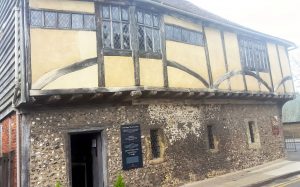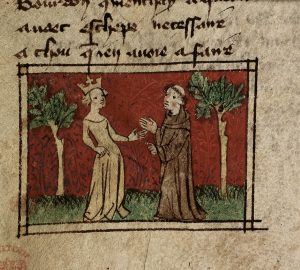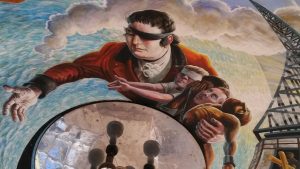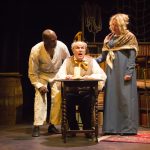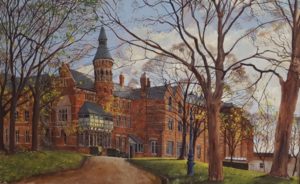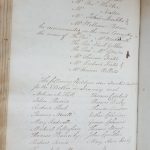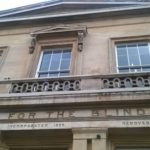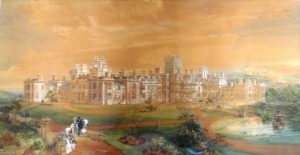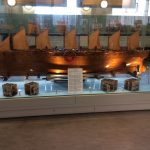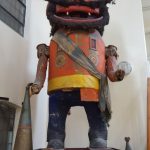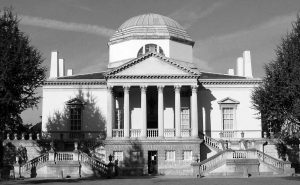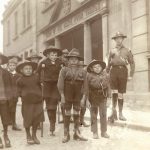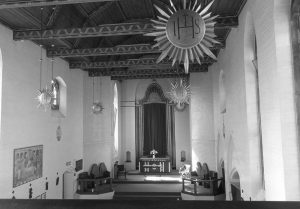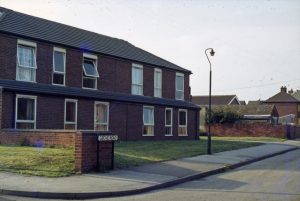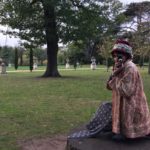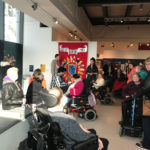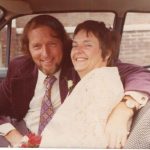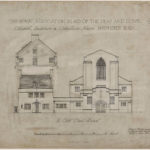From Bristol to Liverpool, London and the South East, we explore places which chart the lives of deaf and disabled people from the middle ages until the late 20th century.
13th century
Maison Dieu or ‘House of God’ in Faversham, Kent is one of many medieval monasteries that also acted as a hospital for the sick. It was commissioned by Henry III in 1234 and was also on the pilgrim road to Canterbury, followed by many seeking physical or spiritual healing. Records show that hospitals also housed disabled people either as monks and nuns or hospital residents.










